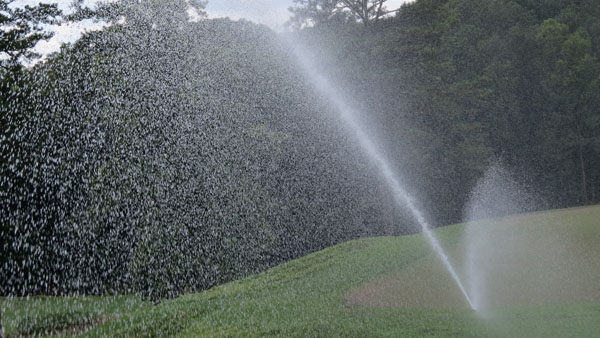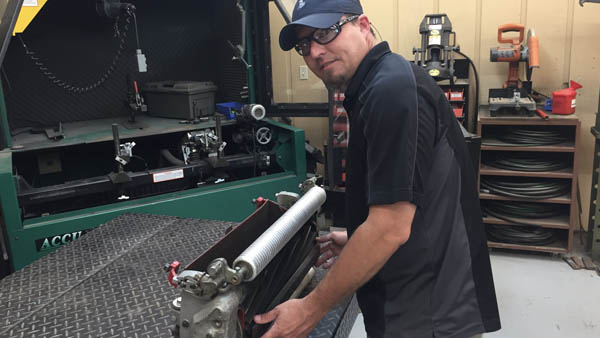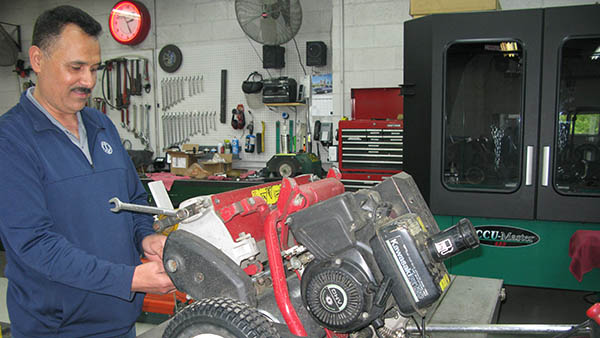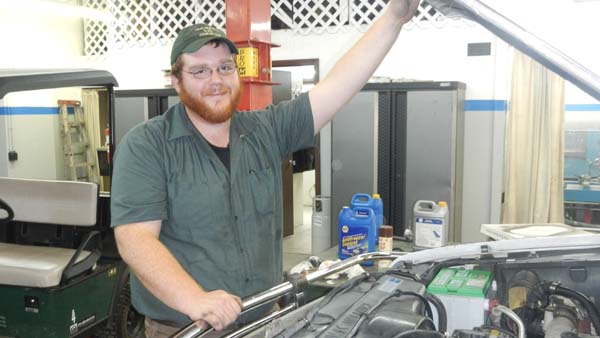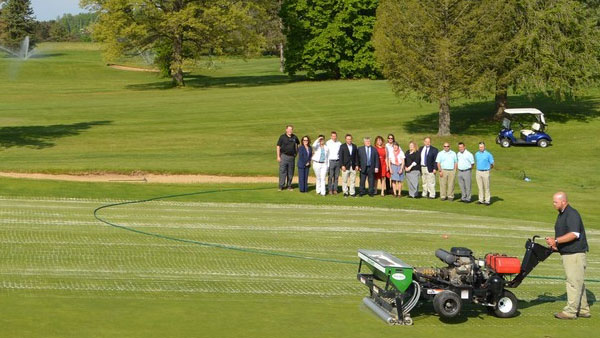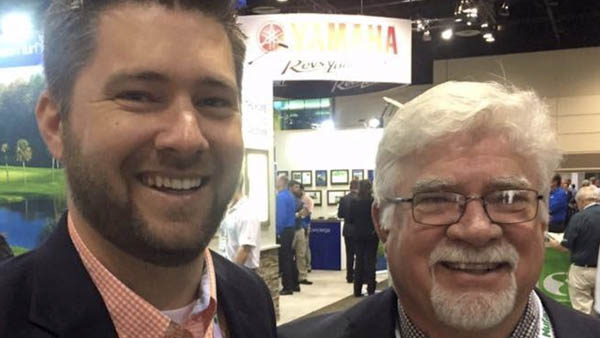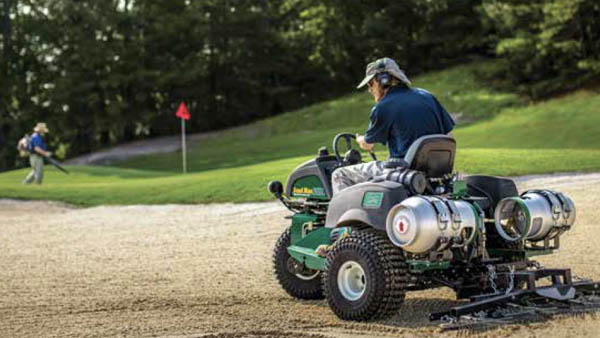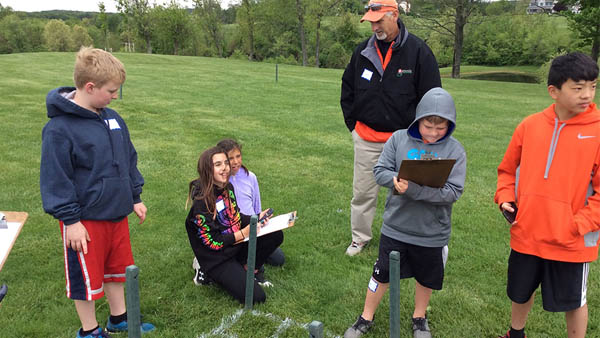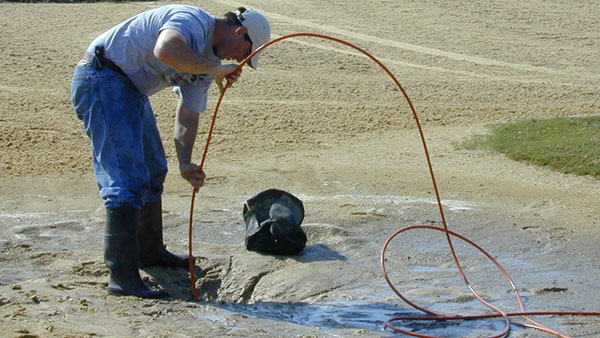

Golf became stagnant. It was always the same with no breaks - 18 holes and a cart. Not everyone has five hours to spend on the golf course."
Golf provided three options to this changing world: nine holes, 18 holes or a windmill through which one could only putt. "Golf became stagnant. It was always the same with no breaks - 18 holes and a cart. Not everyone has five hours to spend on the golf course. But just about everyone has two hours. People are coming up with 12-hole-golf and six-hole golf. Give people a GolfBoard and let them play a few holes in an hour at a cut rate." Cook's Columbus-area golf course has four GolfBoards, which are in high demand. Joe Jiamechello, the local GolfBoard rep, was on this day, too, as the Cooks negotiate a deal for Red Hawk. "If they're all taken, or one of them is broken down and under repair, people get upset," Jim Cook said. "They're new, and people want to ride them." The Cook family has a long history of growing the game - or at least trying to - long before it became a necessity across an industry with a history of being resistant to change. John Cook's sister, Cathy Cook, is a pioneer in the First Tee program and developed Ohio's first chapter nearly 25 years ago at Cooks Creek. She also was a key figure in writing the curriculum that today is used to teach life skills to more than 5 million children at 1,200 golf facilities around the world. Both were on hand at Red Hawk to teach a clinic that attracted about two-dozen players from elementary school high school. "Junior golf was good to us growing up in Ohio and Southern California. It was a big part of our lives and it's what we did in the summer growing up," Cook said. "To have programs that get kids out and about and active rather than indoors and inactive is important, and golf is a game you can play for a lifetime. You don't have to be great at golf to enjoy it. You have to be exposed to it in the right way. Cathy has helped grow the game for thousands of kids. She teaches them something they can enjoy for the rest of their lives. It's all about growing the game and teaching kids life skills." The Cook family started the First Tee of Hancock County in 2015 as part of the larger First Tee of Lake Erie. Today, the Red Hawk chapter includes nearly 220 members, up from the 150 or so who started with the program three years ago. "Sports is the greatest classroom for life," Cathy Cook said. "No one ever perfects any of it. I think bowling is the only one you can perfect, even then no one can do it all the time. And that is what is so important about this, sports helps kids make difficult decision under pressure and under control." The program also is a way to introduce kids who years ago might have gotten their start in the game as a caddie. "That's the way I learned the game," John Cook said. "I had to caddie before I was able to get full golf privileges at a club where my father was a member. I had to take tests to earn yellow cards, green cards and blue cards. I had to get a blue card before I could play by myself, and I never questioned it. That's how golf was then. "Golf was big, but it became so saturated with product: 'Here's the course, now go play.' There was no competition for business. Now, you have to offer more amenities, better service and a better experience. We get that. We know what works and what doesn't. At the end of the day, people will say they had a great day, or they didn't, and here's why. That's what we bring to the table. And we're opening programs that promote the game to kids and gets their families involved. If we give them the experience and the tools to play, it can only help grow the game. It's a start."
- Note: Part III in a series of business-development issues affecting the golf industry
- Read more...
- 8,043 views


